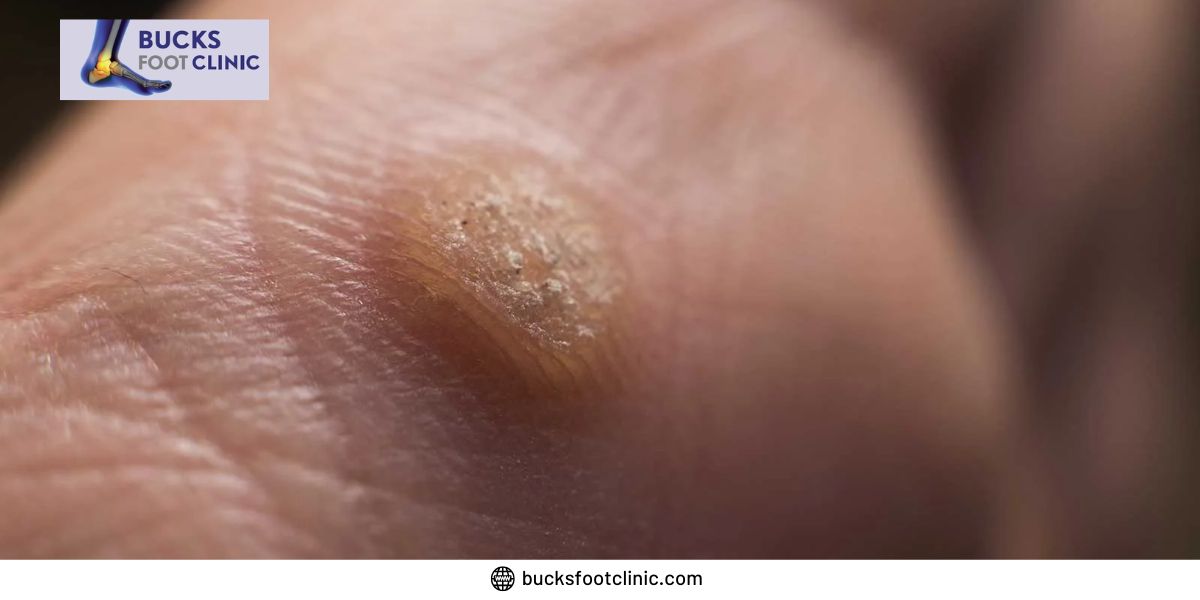
Infectious verrucas between toes, feet and hands, etc distort the skin and are quite common. They are frequently uncomfortable to walk on. Verrucas are caused by HPV or the Human Papilloma Virus. Little nerves and blood vessels proliferate as a result of the virus, feeding the verruca and producing discomfort. They can happen anywhere on the body, but hands and feet seem to be where they happen the most.
Their sizes vary from one mm to more than 1 cm. Verrucas can range in size and shape, and their appearance can also be used to categorise them. In this article, we’ll explore the answers to questions like “Why do verrucas hurt?” and “Who treats verrucas?”. Stay tuned.
What do Verrucas look like?
A verruca is not always obvious and simple to detect because they don’t all look the same.
It is advisable to have a podiatrist evaluate your issue in order to properly diagnose it.
Verrucae and corns are frequently mistaken for one another. If you have tough skin on the button of your feet then it could also be because of verrucas, but again, they are hard to differentiate.
How can I Prevent the Verruca Infection?
Maintain healthy feet to prevent contracting verrucae. If your feet are sweaty, clean them using surgical spirit; if they seem dry, moisten them with appropriate moisturisers or lotions, but avoid putting them between the toes. Also make sure to keep your feet dry after you wash them..
Additional suggestions include not sharing towels, shoes, or socks, wearing flip-flops in public spaces, and getting a prescription from the pharmacy for illnesses like athlete’s foot. Use special verruca socks if you have a verruca and wish to go swimming to prevent the infection from being spread. You can wear them as shields against harm.
Who Treats Verrucas?
Podiatrists are medical professionals that assist with issues involving your feet or lower limbs. They are capable of handling cases with both injuries and the aftereffects of certain chronic illnesses like diabetes. Podiatrists also perform surgeries, provide medication, and request X-rays or lab tests, etc. You can also refer to them as a podiatric doctor or a podiatric physician.
What Causes Verrucas to Form?
As mentioned above, verrucas are caused by the Human Papilloma Virus (HPV). Here are some facts about verrucas:
They tend to get worse
If left untreated, they might continue to grow. When it grows to a size of over a centimetre and is surrounded or coated by hard skin, it becomes a true annoyance. When you stand or move, the pressure you provide to the verruca over time may push it further into your foot.
Verrucas hurt
The answer to the frequently asked question “Why do verrucas hurt?” is that the verrucas often grow on weight bearing areas. And it sometimes even causes people to limp while walking.
Verrucas can multiply fast
Infection can spread to the skin around the verruca, especially if you scratch near the affected area (verrucas often itch). Thus, if you don’t take quick action, you might get a bunch of them. You can refer to them as Mosaic warts/verrucas, and they are more difficult to remove than a single wart/verruca.
They’re highly contagious
You run the risk of unintentionally spreading the illness if you touch the verruca and then another area of your foot. Also, it’s far too simple to spread to others. Skin-to-skin contact or contaminated surfaces are the two main ways the virus spreads.
Verruca hotspots can develop on everything, even towels and swimming pool tiles. Skin that is damaged or wet is particularly sensitive. To lessen the chance of transmitting the verruca virus, use shower shoes and refrain from sharing towels. Yet until you rid yourself of the virus, there will still be a risk.
Verrucas can affect your daily life
Verrucas can make simple tasks like using the stairs difficult. Your passion for exercising or participating in sports is probably going to wane. It will also be challenging for you to take advantage of all the wonderful things London has to offer. The solution isn’t to lead a sedentary lifestyle because doing so could have a negative impact on your health.
More Effective Verruca Treatments are Available.
Professional treatments are more beneficial than over-the-counter meds. There are multiple effective treatments that can help you get rid of the verrucas. The best thing to do is visit your general podiatrist for advice. They can diagnose your condition and suggest the treatment best suited for you.
Does a Podiatrist Treat Verrucas for People with Complications?
Podiatrists can treat people with complications such as diabetes, arthritis, etc. They often work with other specialists like dermatologists as a team. Additionally, there are some other treatments such as excisional surgery similar to electrosurgery, laser surgery and needling as well.
In any case, the best thing to do is to first consult with your podiatrist about your foot conditions.
It can be much easier for you to figure out the best way to deal with them without having to go through any struggle on your own.
Conclusion
To summarise, the painful verrucas between toes, feet and hands, etc can be easy to deal with if you know enough about them. If you wish you receive the best treatment for verrucas, book an appointment with Bucksfoot. Visit our website to learn more.




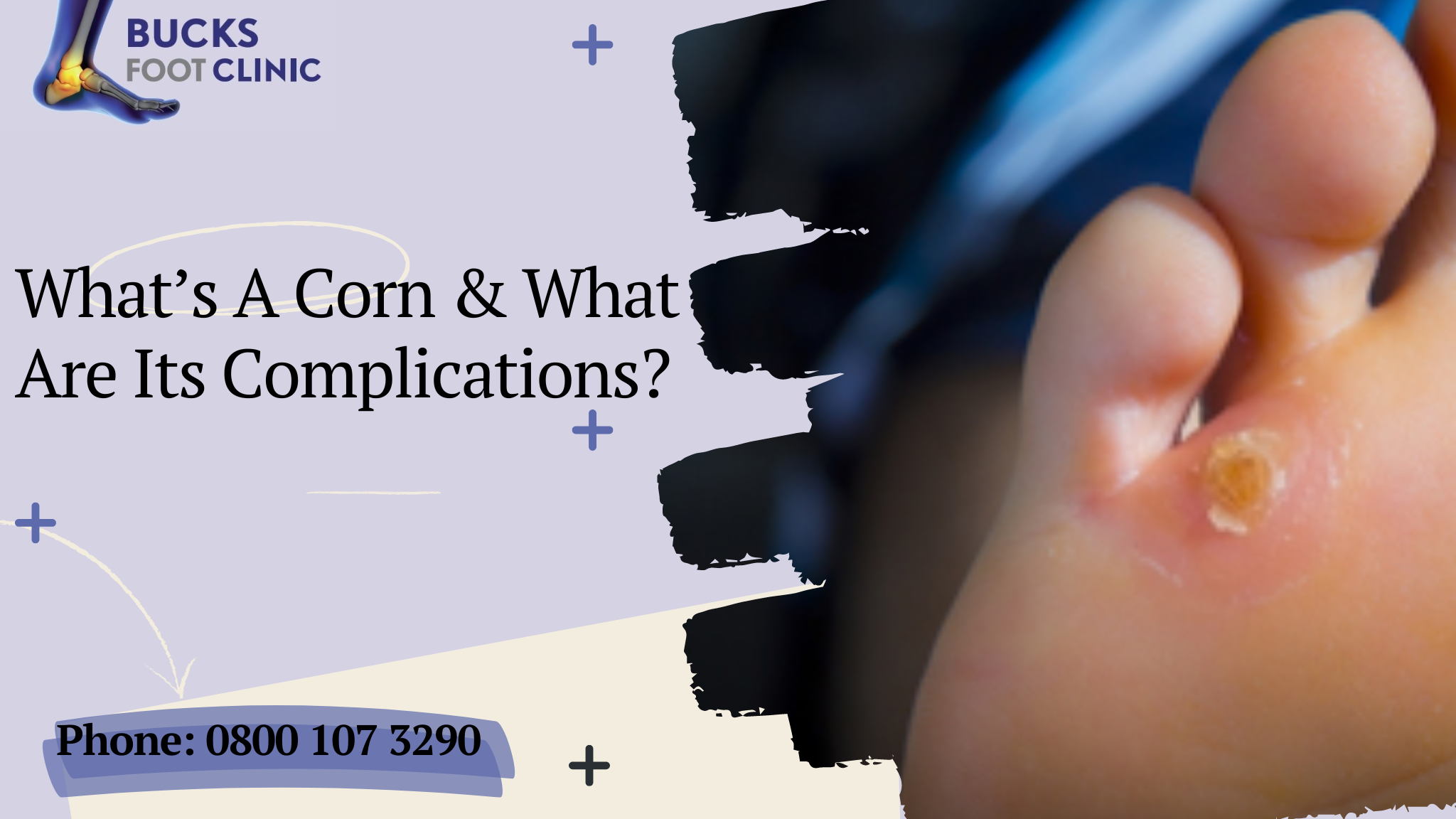
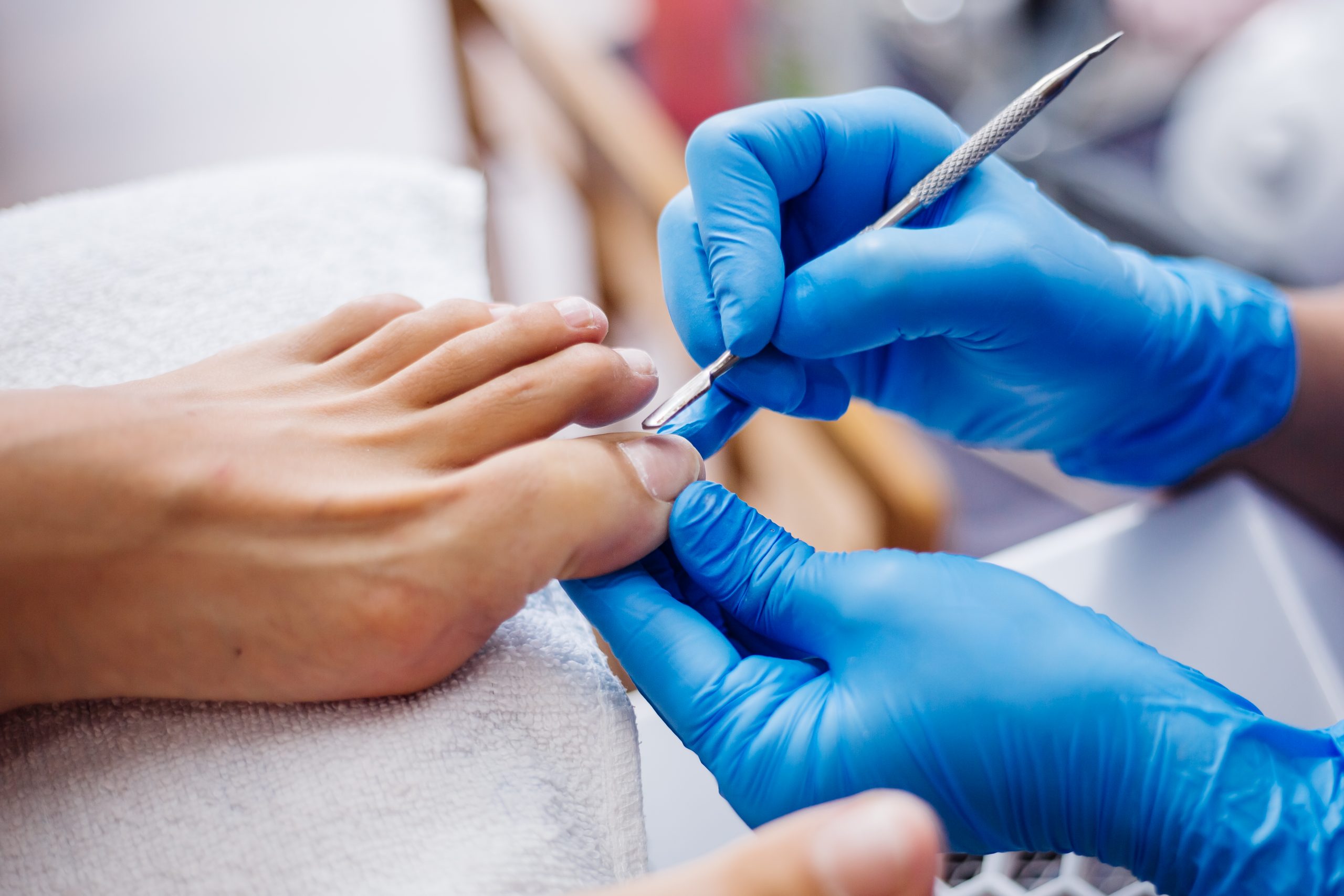
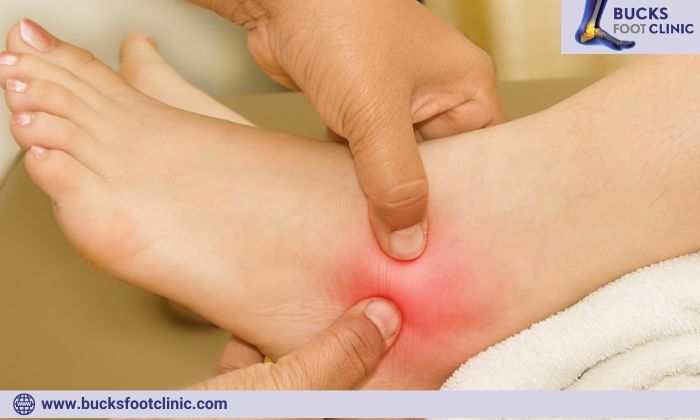
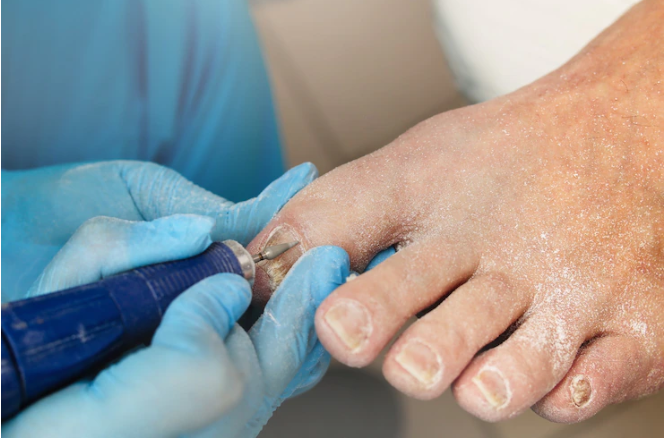

Recent Comments